|
A very much-delayed as well as the last blog post on my Hong Kong trip travelled last year. Please continue to stay tune to my Hong Kong documentation work updates in the coming May!
In most of my Hong Kong trips, i always find time has somehow slowed down in Sham Shui Po (poorest district in Hong Kong). In the 1950′s big licences stalls flourished. In the 1970′s industries boomed and made a peak for shops and businesses. Apart from regular shops, there were many shops here which reflected the poor livelihood of the past century pawnshops, repairing broken pots, sharpening kitchen knives, etc. Old shops which have disappeared elsewhere are still lingering here with their afterglow. Even when faced with urban redevelopment, sunset industries, skills and crafts with no heirs, the old owners are still persisting. Here's a 40-year-old Hong Kong shop located in Sham Shui Po - Leung Tim Choppers Factory. It is, as you could imagine, bristling with choppers of every weight and variety. 香港的梁添刀厂位于深水埗长沙湾道 221 号,坐港铁的话是在“深水埗站”下车,找长沙湾道的指标,上到地面左转便是,很容易便能找到。我听说梁添刀厂甚么种类的刀子都有,而且世界上有华人餐馆的地方就有它的钢刀出品,钢刀至少可用上十几年,可说是老字号,有保证。 说起老字号,人们多半会从脑海中盘算出那几个名牌,自豪地竖起大拇指,那是从童年起就陪伴他们的独特情结。老字号也是一个城市的烙印,代表一个时代的象征。有些老字号随着浪潮渐渐隐退,但留存下来的大多代表着时代的印记,今天就跟随我的脚步去探访梁添刀厂老字号吧。
2 Comments
Happy 8 Retreat Cafe is the cafe within the Happy 8 Retreat Boutique Hotel in Old Town Ipoh that is designed with retreat and nature in mind where you can fall back and relax in forest-like tranquility. Before you enter the cafe, you are welcomed by Happy 8’s mascot which is a green and queer creature painted on the floor. The cafe has a back-to-basics feel with the use of wood elements like gigantic nest and little wooden cubes dangling on the ceilings. The cafe is a wonderful place to explore because a good portion of the cafe is hidden beyond the reception counter. The long corridor that leads you from the reception counter to the back of the cafe is a pleasant walk decorated with beautiful plants in stony pots, wooden walls and exotic masks.
Ipoh Old Town's Missing Marbles Cafe With Old School Ambient 旧怡保街场伪装成眼镜店的复古 Missing Marbles 咖啡馆17/2/2015 Rummaging through old boxes that have been sitting in the corner of my room collecting dust (during the lately spring cleaning for the lunar new year) had unleashed a gush of nostalgia. As snippets of the past are unearthed, a certain poignant fondness tends to fill the heart. Exploring old towns during my travels, too, can ignite similar emotions.
Nothing ever seems to change in sleepy Ipoh. Until now, that is. All of a sudden in the last couple of years, Ipoh’s old quarter is showing signs of a chic revival as quirky cafes and guesthouses open their doors there. Stylish new cafes have also opened elsewhere in the old quarter, spurring the old-school shops selling traditional food like pastries to spruce up their storefronts. While the past is rarely flawless, it is often romanticised. Putting up at a classic, old building that was turned into a cafe certainly kick started the trail. The unique concept of preserving an old building and giving it a new purpose did lead to an exciting stay. The Ipoh heritage trip late last year had the feel of a torn-down place, perfecting the step-back in time for me. As I hoofed it around the area, the rustic buildings laden with history that lined the streets of Ipoh Old Town promised a fruitful heritage and culinary discovery to a keen traveller. I was particularly curious to see whether Missing Marbles Cafe in the heart of Ipoh Old Town has lost their marbles or found them in all the right places. Missing Marbles is actually located in the same row with Burps & Giggles Cafe (see my previous blog post on Burps & Giggles cafe at this link). 位于吉隆坡和槟城之间的怡保,60、70年代以锡矿而致富,不过后来矿藏淘空,经济无以为继,渐被世人遗忘,怡保的一切也彷彿停止了一样,多年来风貌没多大改变,纯朴简单、宁静安逸,一幢幢老旧的楼房,都在这里尘封完好。 旧街场是怡保最早发展的地方,也是当地行政中心,当年大街一带摆满小吃摊,十分兴旺。不过后来锡矿采光,大街变得平静,加上政府又重新规划街道,小贩无法摆摊,年轻人也多到外面打拼,很多老旧建筑都人去楼空,而一幢幢美丽的楼房就待在这儿,原封不动。 两年前,一名年轻人希望活化旧街场,他一口气租下数个弃置多年的空间,装修改建成餐厅和咖啡馆,两间名为 Burps&Giggles,之后在隔壁又开了一间名为 Missing Marbles Cafe。 Enticing Kopi Aroma That Fills The Rich History Lam Yeo Coffee Powder Factory In Singapore16/2/2015 So much has been said in the recent years about the need to preserve our culinary heritage. I am glad that Singaporeans are slowly waking up to the fact that we need to do something to preserve our precious culinary heritage before it all disappears.
Lam Yeo Coffee Powder located along Balestier Road sells old style coffee with a strong aroma for a living. It has been serving Singapore for over 50 years now, and has not changed much since it was first founded till now. It’s like an adventure to learn more about traditional coffee from the experts themselves, the owners from Lam Yeo Coffee Powder. Their traditional local coffee is special and unique because the coffee beans are roasted before grind into coffee powder, a taste that is different and something that you have to try if you are a visitor coming to Singapore! That is probably why, despite the mushrooming of modern cafes in Singapore, more and more people are finding their ways back to this gem. It’s no longer just good quality “cup of excellence” coffee powder that the family-owned business is selling. The customers are here for the history, which Lam Yeo Coffee Factory willingly repeats, every single day. Singapore Memory Project (SMP) has come a long way from humble beginnings; it started out in 2011 to collect precious old memories related to Singapore; and has risen to where a platform is created for ‘missions’ and 'accomplishments' posted by not merely from individual Singaporeans, but also organisations, associations, companies and groups. That's the good thing where we are at this point in time.
These projects could not exist without their active participation. In these projects, the goal of contribution is to generate a body of work that is useful and meaningful. Such projects are necessary because contributors generate data or research. Other necessary projects create new content to explore. These projects respected SMP memory corps' creative abilities and provided engaging activities and platforms for their contributions. Before there was Cappuccino, there was kopi - an age-long coffee tradition involving brewing coffee through a steep metal pot with a cotton “sock” filter. The local kopi is notorious for its sweetness. The water-filtered coffee is then mixed with condensed and evaporated milk and sugar. While the younger crowds have begun to swoon over the latest, not to mention overpriced - cafes, the old-timers still swear by the good-old affordable cup of kopi.
Located at Block 10 on North Bridge Road in Singapore is Heap Seng Leong, a traditional coffeehouse whose authenticity in both its decor and coffee has made it an important icon in understanding the beginnings of Singapore’s coffee history. While sipping away slowly at the coffee, Heap Seng Leong also plays songs reminiscent of a bygone era of mandarin music. I can have wonton noodles for breakfast, lunch and dinner. And at tea and supper time, too. I am referring to the Hong Kong-style wonton noodles - egg noodles with shrimp wonton in a clear broth with yellow chives - the type that one would easily find in a Hong Kong noodles shop. Wonton is a kind of small dumplings that shrimp and pork with vegetable wrapped in thin flour starch skin, and cooked in soup with noodles. A bowl of wonton noodles has four to six pieces of wonton, the noodles are slightly tougher than the conventional Chinese noodles.
Portions of Wonton noodles are smaller in Hong Kong, compared to Singapore, each serving of wonton noodle soup comes in a petite and dainty rice bowl. Somehow, noodles always taste better in Hong Kong. Maybe it has something to do with the weather or maybe it is in the mind. So what is the main difference between Singapore's and Hong Kong's wonton noodles? Green chili, of course. You can never find green chili in Hong Kong's wonton noodles. I am not trying to bring limelight to green chili; and give credit or disgrace to what makes or breaks a good plate of wonton noodles. But if it is noodles SOUP, it is another different story. I truly think the major difference in Singapore's and Hong Kong's wonton noodle soup lies in the broth. I don't know how Hong Kong does its broth - but the unamiflavor in Hong Kong wonton noodle soup has much more depth compared to the Singapore counterpart. Typically, it is also quite common to see white chives sprinkled as garnish in the Hong Kong version; vs Singapore's scallions/spring onions garnish. The little details do make the difference. |
Author
|

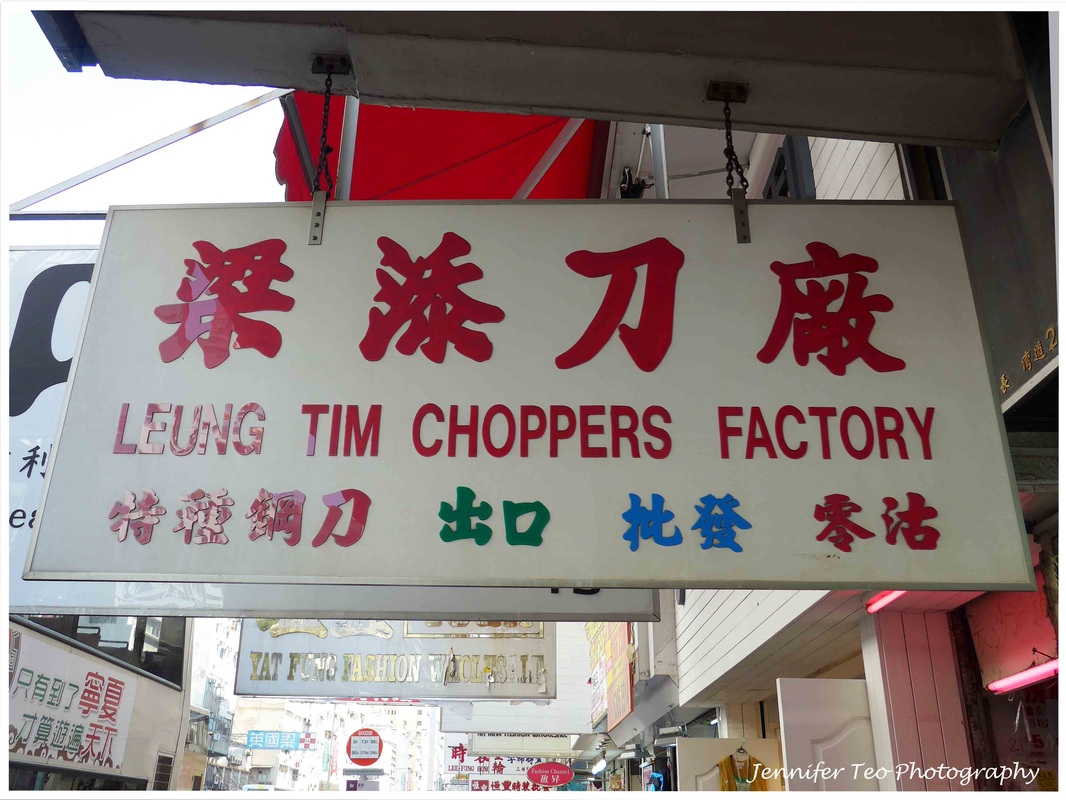
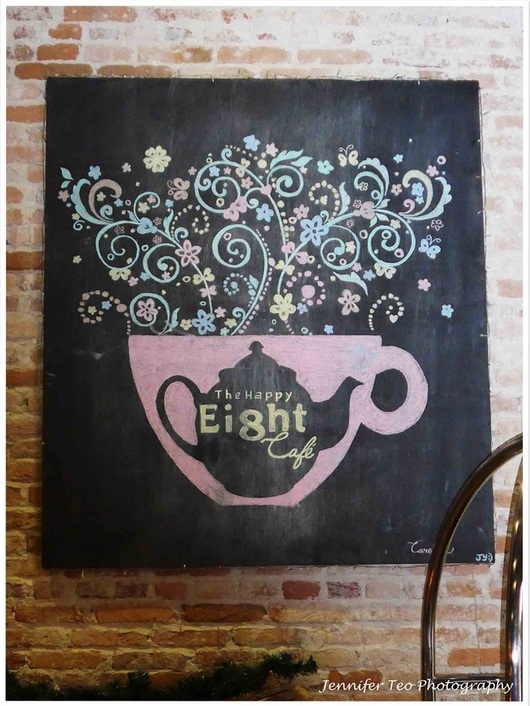
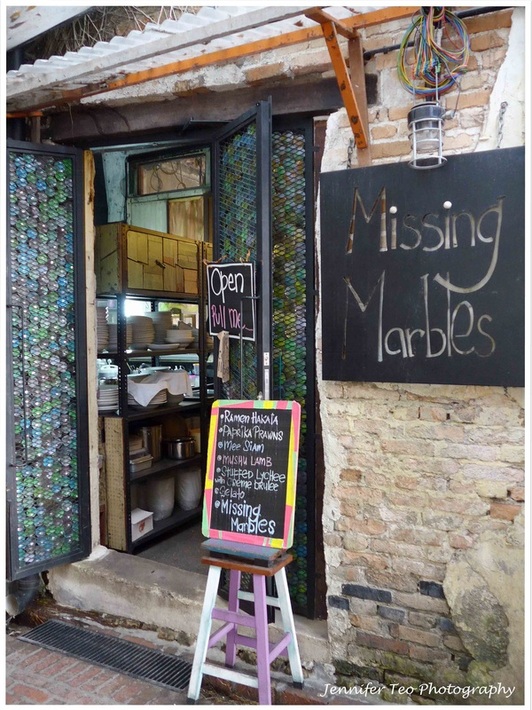
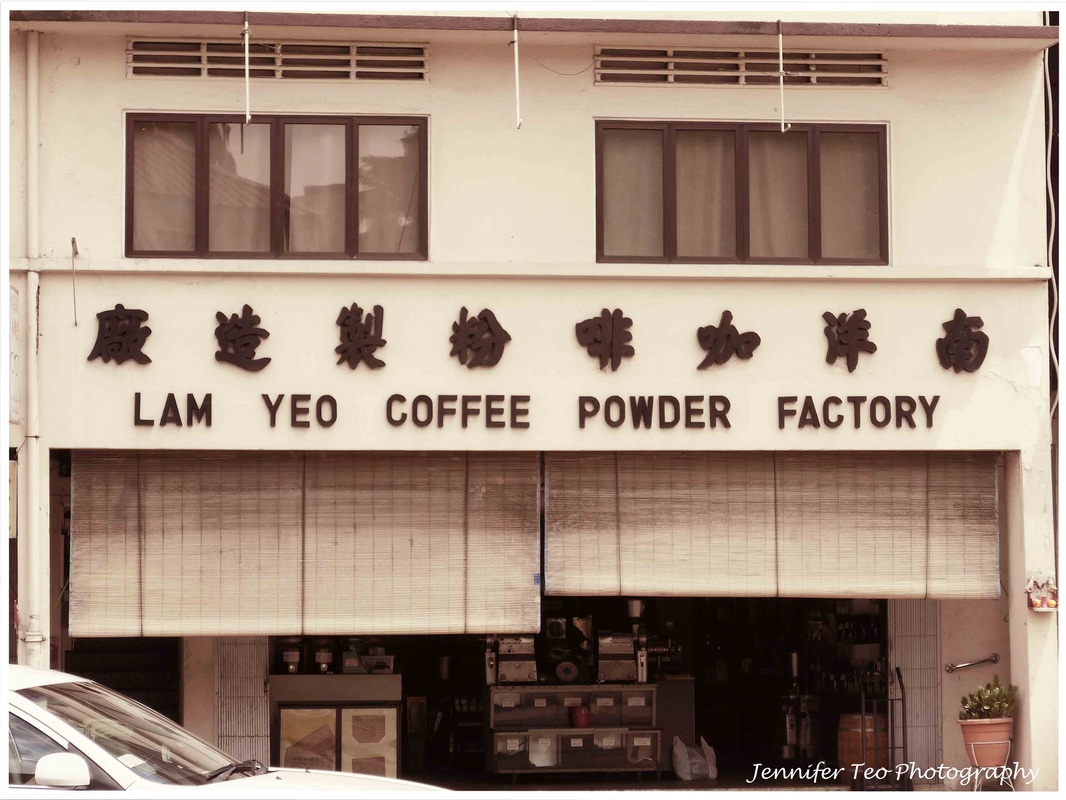
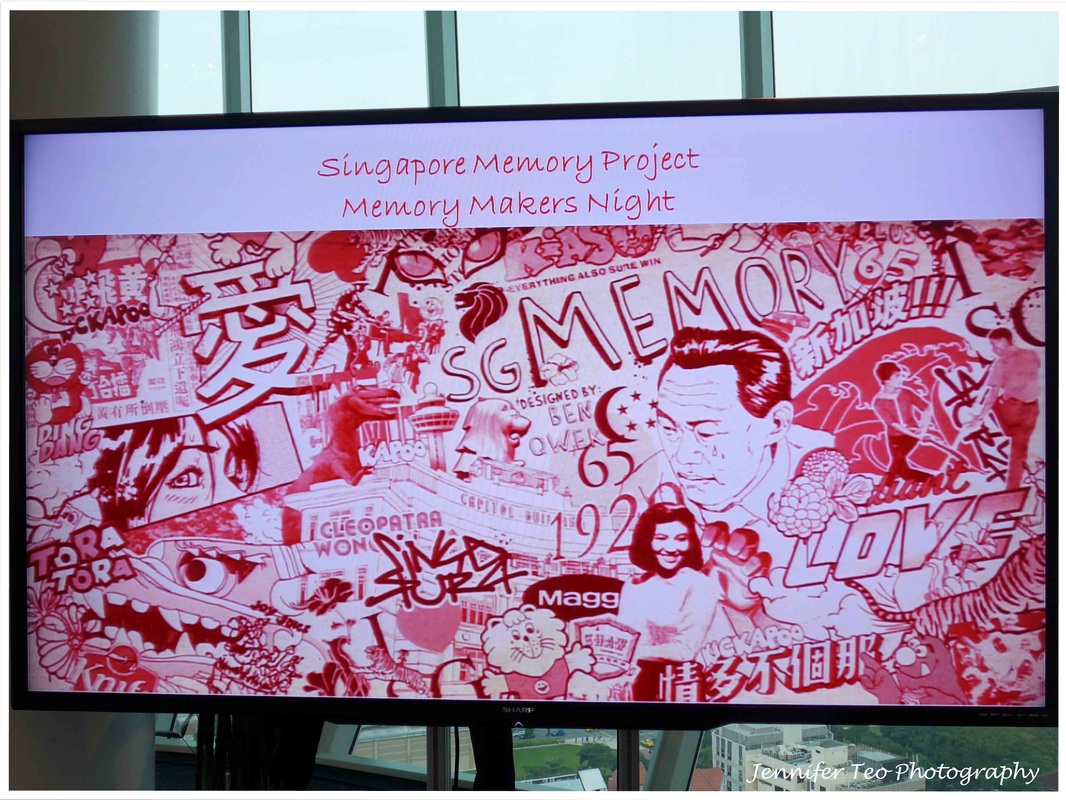
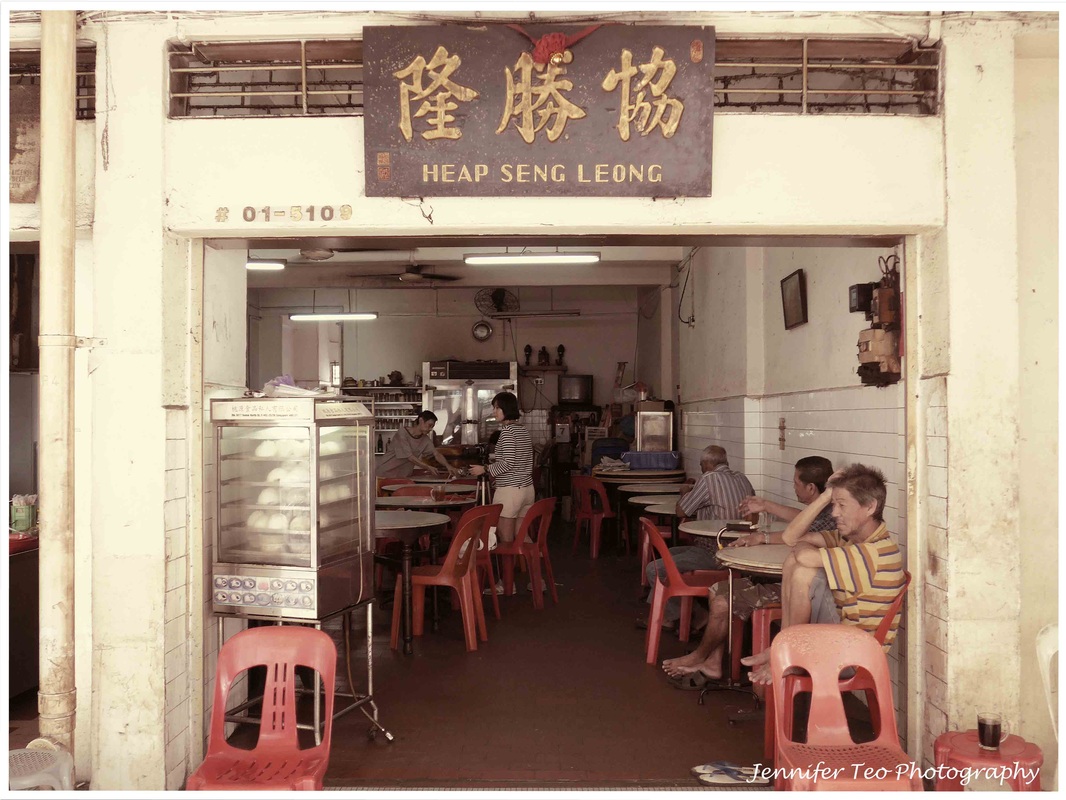
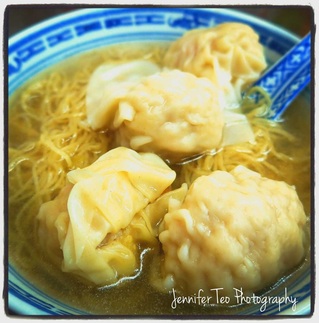
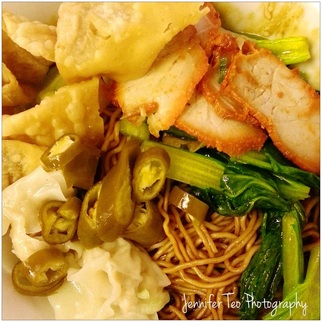

 RSS Feed
RSS Feed






